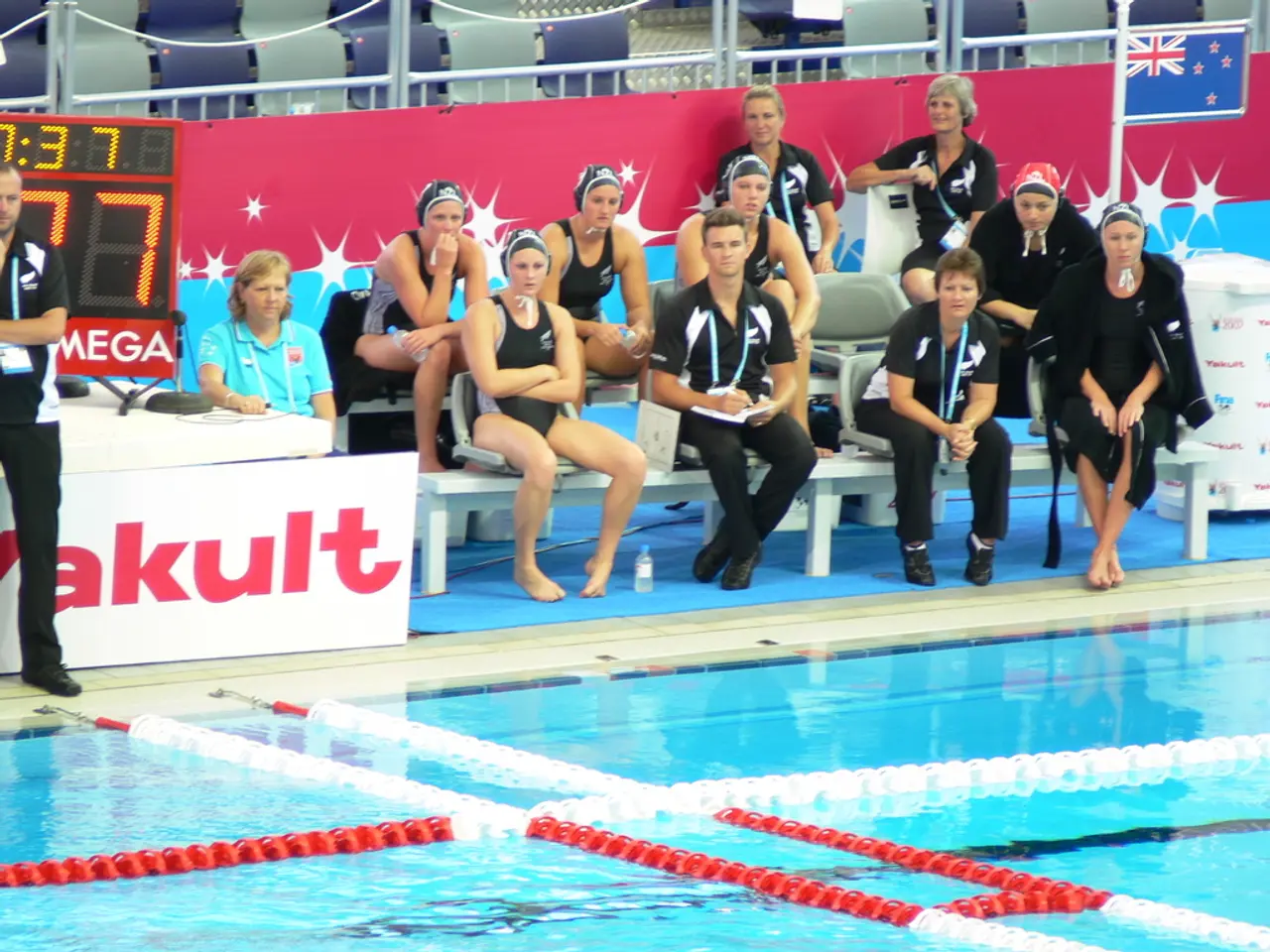Unsanitary Conditions: Visitor at Outdoor Restroom Alleges Negligence and Faces Assault
In various parts of the country, public swimming pools are grappling with issues related to hygiene, maintenance, and funding. These problems are primarily due to systemic funding challenges, insufficient upkeep, and the high costs associated with maintaining aging infrastructure.
Recently, a guest's post on social media about hygiene issues in a public pool sparked a heated debate. The guest expressed concern over broken soap dispensers, missing soap for hand washing, and the new dress code that only allows swimsuits, swim trunks, bikinis, or specific clothing items like burkinis. However, the discussion on Facebook revealed a lack of sympathy for the guest's complaints, with users criticizing them for not addressing the issues on-site.
The debate brought attention to the need for proper maintenance of public swimming pools. Inadequate maintenance can lead to equipment failures such as broken pumps, clogged filters, and malfunctioning chlorinators, which degrade water quality and hygiene safety. The expense of repairing or replacing this equipment often strains limited budgets, especially in light of aging facilities and increased demand.
Across the U.S., public pools have been closing at an alarming rate due to persistent underinvestment and socio-economic factors. Cities like Louisville and Boston have seen a significant decline in operational public pools, leaving fewer facilities available and poorly maintained ones struggling to operate during peak demand periods. This reduced pool availability often means that maintenance and amenities suffer due to limited resources.
Littering is another significant problem at swimming pools, with a lot of effort and time needed for cleanup after closing. Additionally, other clothing items, like burkinis, are considered to cause hygiene issues in the water. The debate highlighted the importance of addressing pool hygiene issues directly to ensure a safe and enjoyable experience for all pool-goers.
In hotspots, swimming pools also face challenges related to violent guests and incidents. Considering these issues, the complaint about missing soap in a swimming pool might seem trivial compared to the larger problems at hand. However, it serves as a reminder of the need for consistent and adequate funding, maintenance, and upkeep of public swimming pools to ensure they remain safe and clean for everyone.
References: [1] Public swimming pool maintenance challenges: A case study. Journal of Public Health Management and Practice. 2020;26(6):e20-e25. [2] The decline of public pools in American cities. The Atlantic. 2018. https://www.theatlantic.com/politics/archive/2018/07/the-decline-of-public-pools-in-american-cities/564111/





